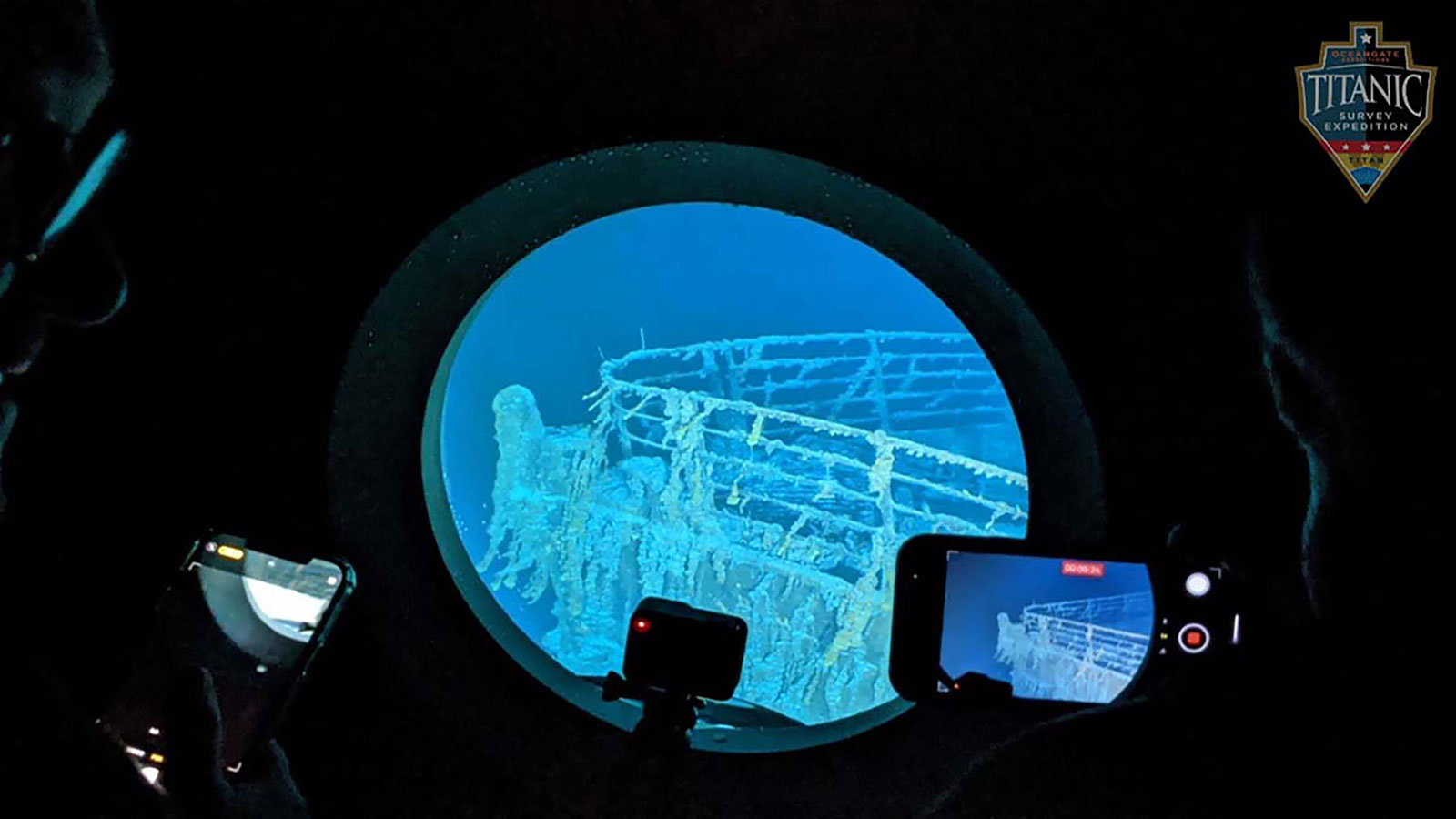
OceanGate Expeditions, the company that operates the missing submersible, faced a series of mechanical problems and inclement weather conditions that forced the cancellation or delays of trips in recent years, according to court records.
The scuttled excursions led to a pair of lawsuits in which some high-paying customers sought to recoup the cost of trips they said they didn’t take. The complaints alleged that the company overstated its ability to reach the Titanic wreckage.
A London-based travel company, Henry Cookson Adventures Ltd, accused OceanGate of not having a “seaworthy vessel” when it entered an agreement in 2016 to take up to nine passengers to the Titanic in 2018. The travel company sought to recover roughly $850,000 it paid OceanGate, according to a civil suit filed in 2021.
OceanGate did not respond to the claims in court and could not be reached for comment.
A post on OceanGate’s website in 2018 stated “delays caused by weather and lightning” prevented the company from completing a series of test dives, but the Henry Cookson Adventures’ lawsuit questioned that description.
“The claim of a lightning strike has not been verified and the true reason may be…because the submersible vessel was unable to be certified at the time for safe operations,” the plaintiff alleged.
The case was dismissed last July by the plaintiff, which did not respond to CNN’s request for comment.
More recently, a Florida couple alleged in a lawsuit earlier this year that they were unable to get a refund after their planned Titanic expedition in 2018 with OceanGate was repeatedly postponed, CNN previously reported. The online docket for the case shows no response to the lawsuit.
Some expeditions were delayed after OceanGate was forced to rebuild the Titan’s hull because it showed “cyclic fatigue” and wouldn’t be able to travel deep enough to reach the Titanic’s wreckage, according to a 2020 article by GeekWire, which interviewed the company’s CEO.
In another high-profile cancellation, OceanGate took CBS News’ David Pogue for a dive on its submersible last year, but called off the trip due to an equipment malfunction after descending just 37 feet, Pogue said in the broadcast.
In a later dive, the vessel lost contact with its ship and was unable to find the wreckage. “We were lost for two-and-a-half-hours,” said a passenger who spoke with CBS News.
The company has completed a number of dives to the bottom of the North Atlantic. At least 28 people visited the Titanic with OceanGate last year, according to a November court filing from an advisor to the company.
But on one of those dives, the sub encountered a battery issue and had to be “manually attached to its lifting platform,” which led to “sustained modest damage to its external components,” according to that filing. OceanGate canceled a subsequent mission “for repairs and operational enhancements,” but reached the wreck on others, the filing stated.
The company also completed a series of Titanic-wreckage dives in 2021, according to its website.







